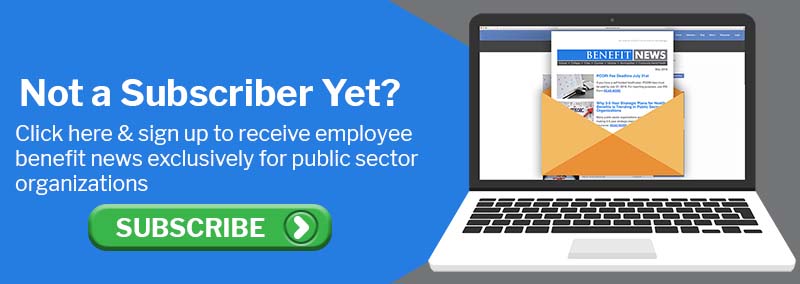3 minute read
Attracting and retaining employees has been a persistent struggle throughout the pandemic and remains so today. Utilizing total compensation statements may be one strategy to help employers address their attraction and retention challenges.
Total compensation statements can help employers effectively communicate the full value of the benefits they provide, especially when employees are demanding higher wages, whether that be driven by inflation or labor marketing conditions.
The statement highlights the monetary value of an employer’s complete benefits package, including any perks that may be overshadowed by traditional benefits. A standard compensation statement may include the following:
- Salary
- Bonuses
- Commissions
- 401(k) matching contributions
- Paid time off
- Coverages for health
- Life and disability insurance
- Flexible spending account
- Employee assistance programs (EAP)
- Flexible work arrangements
- Wellness rewards (discounts and cash bonuses)
- Tuition reimbursement
These are only a few examples of what can be included. The information can vary based on the organization and the benefits it provides.
Total compensation statements may provide employers with a persuasive tool to aid their retention efforts by showing employees the value of benefits they provide. Helping employees understand their total compensation can raise morale and may increase company loyalty and retention by:
- Promoting the idea of total rewards beyond only a paycheck
- Providing a dollar amount for benefits that do not seem to have a tangible value
- Increasing employee awareness of their benefits and how much those benefits cost the organization
- Reducing HR workload by eliminating the need to manually prepare, print, and mail statements
- Raising employee morale because they tangibly see the array of benefits offered by their employer
- Helping to establish open and honest communication
- Guiding employee performance and career development conversations
- Showing potential recruits their total calculated compensation to make the organization more competitive in the hiring process
Although it can be time consuming to provide, including gathering and presenting benefits data, this cost may be worth the advantages employers may receive to combat current retention struggles. Download the bulletin for more details.
This blog is intended to be a compilation of information and resources pulled from federal, state, and local agencies. This is not intended to be legal advice. For up to the minute information and guidance on COVID-19, please follow the guidelines of the Centers for Disease Control and Prevention (CDC) and your local health organizations.

